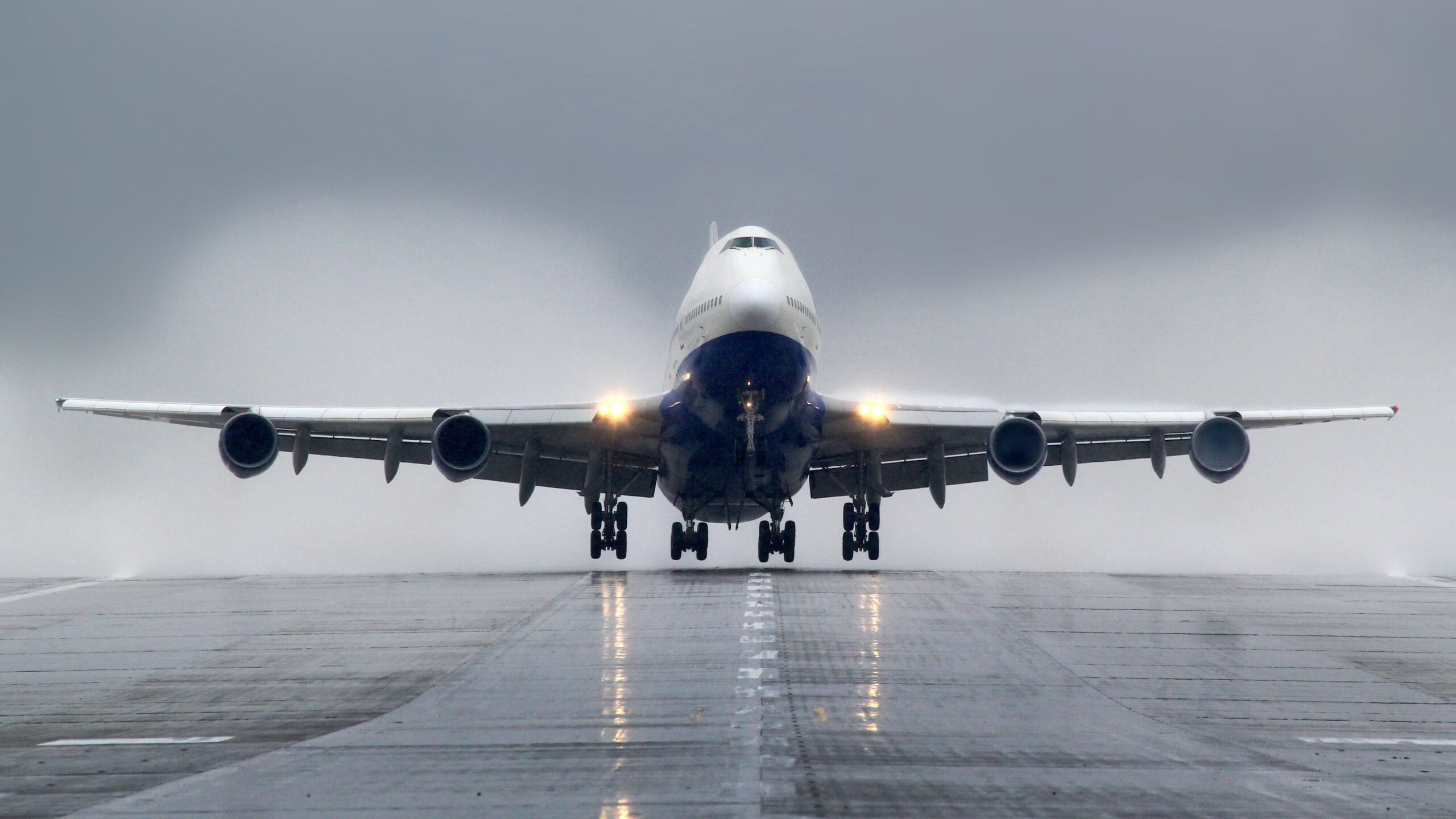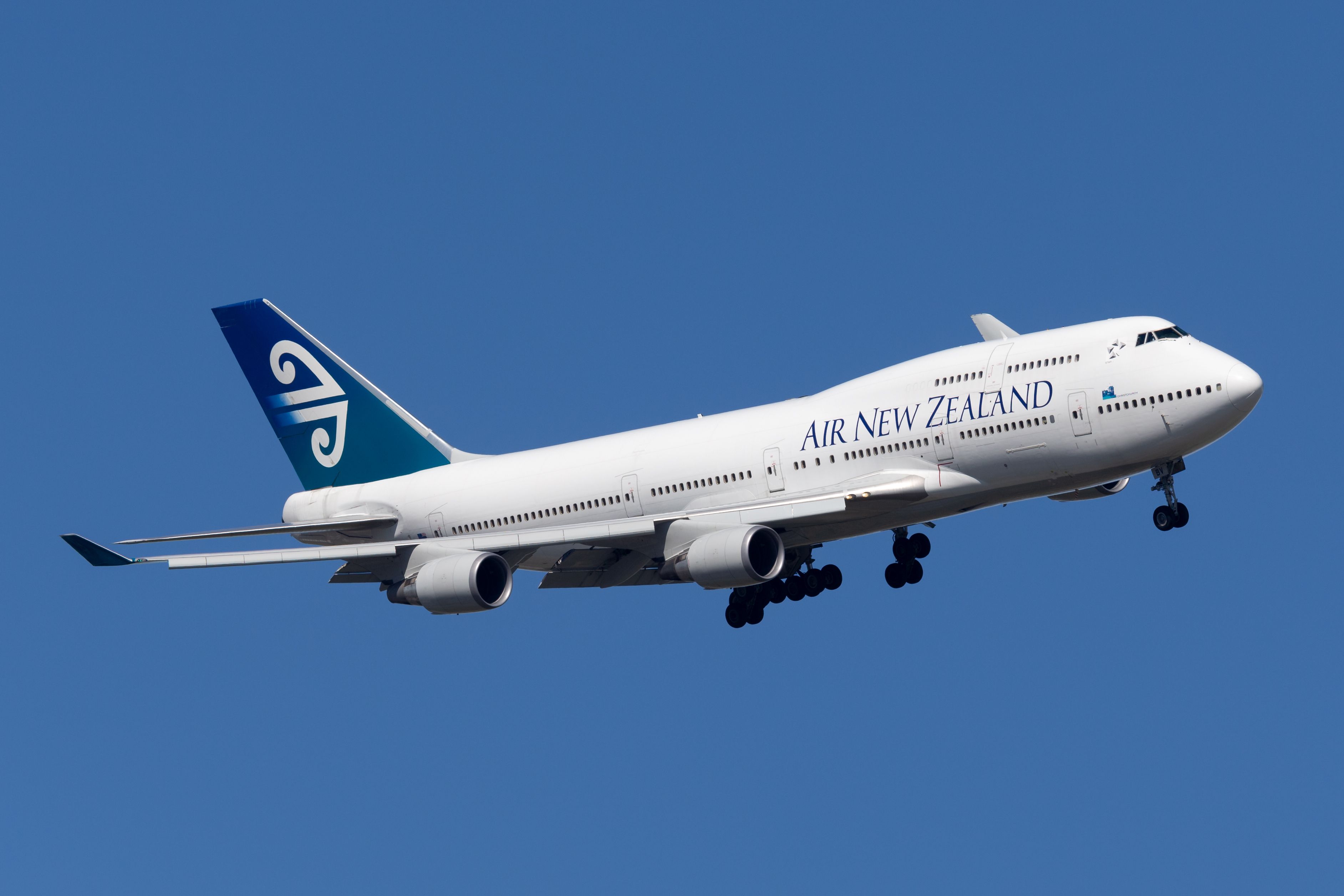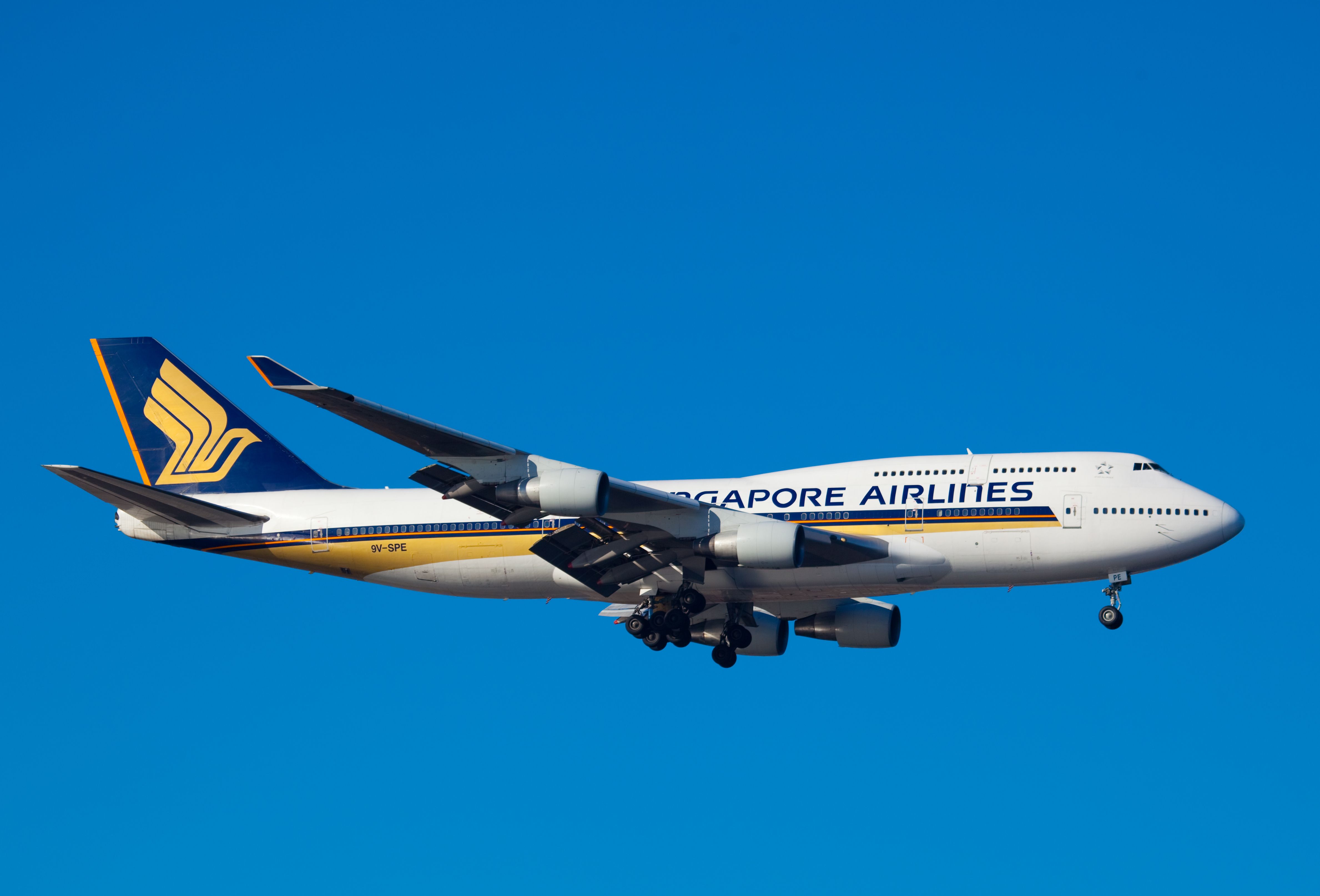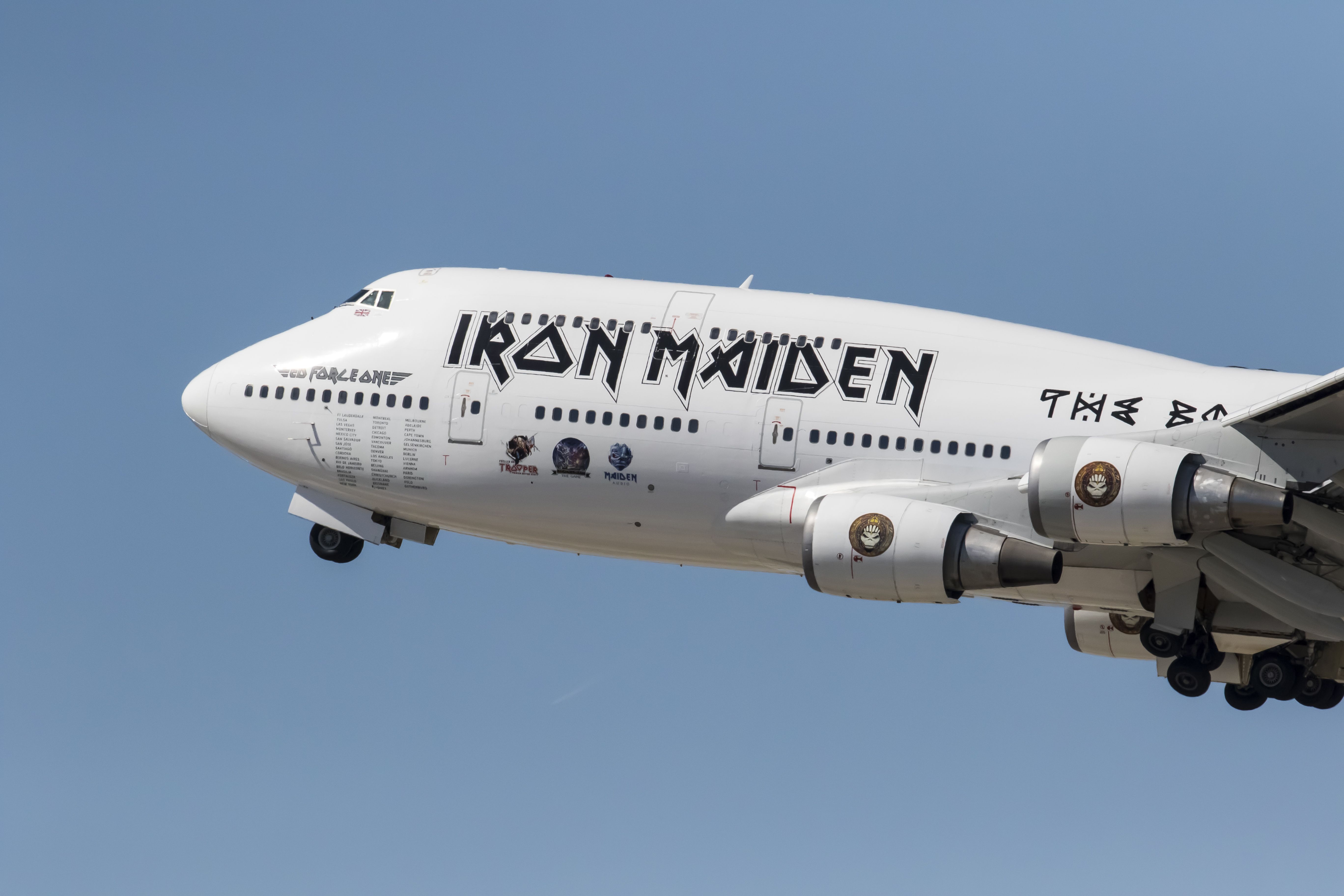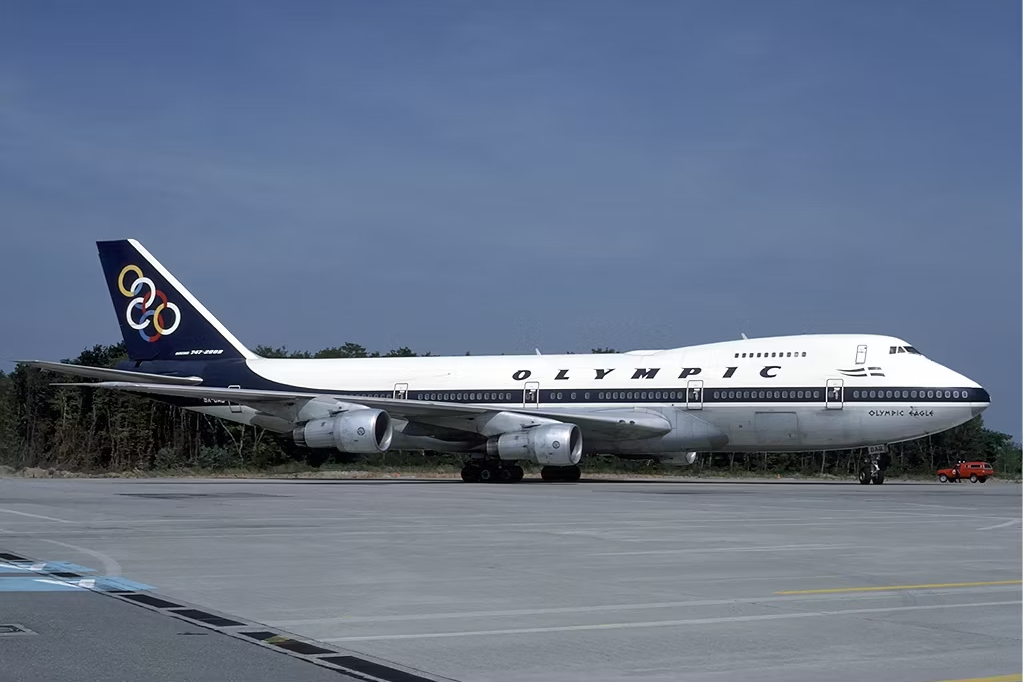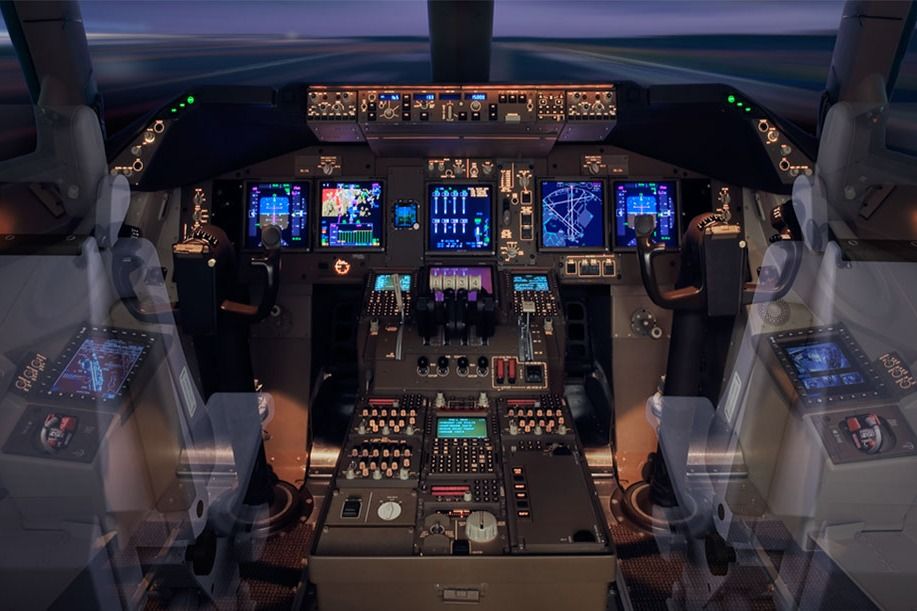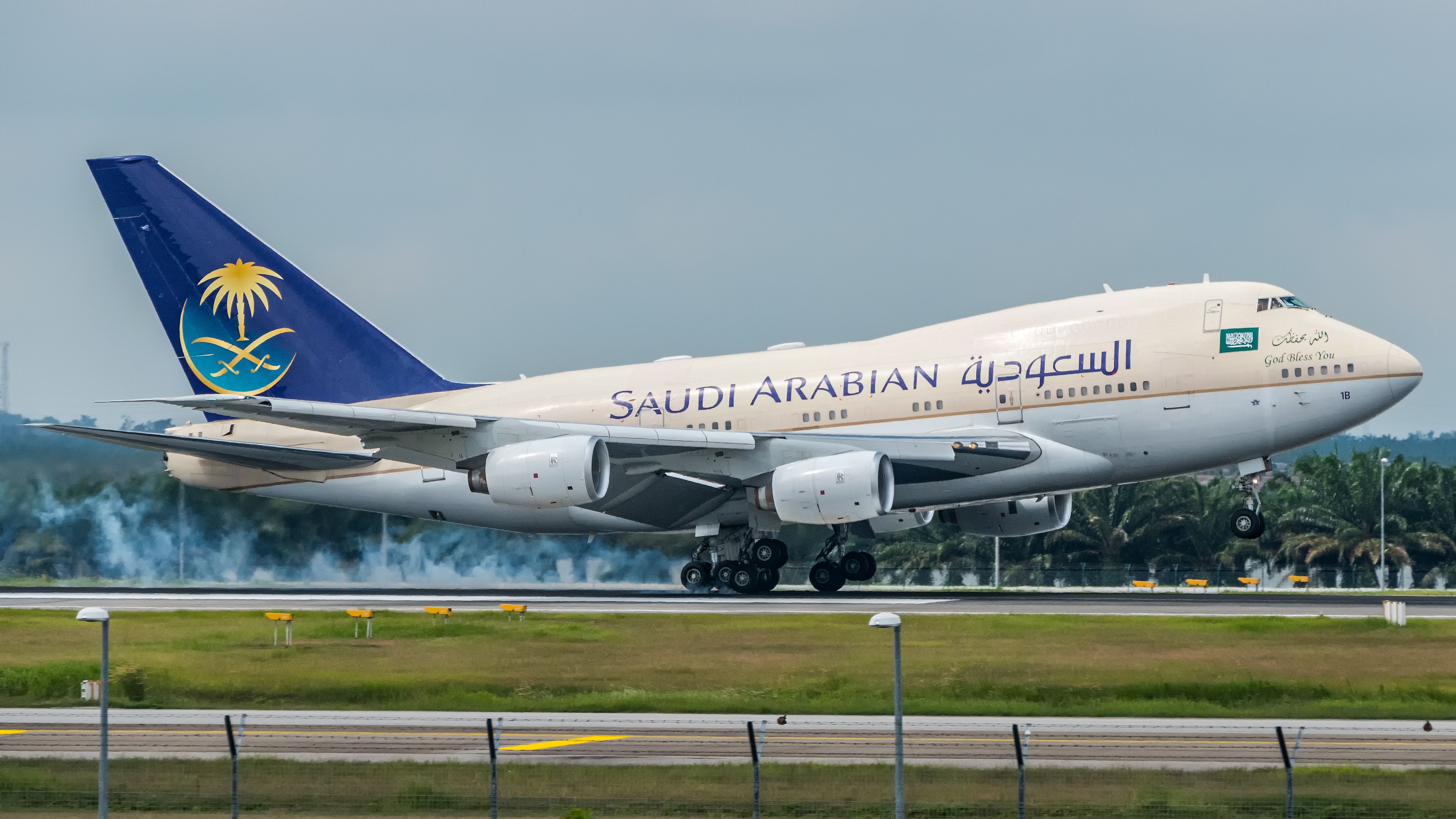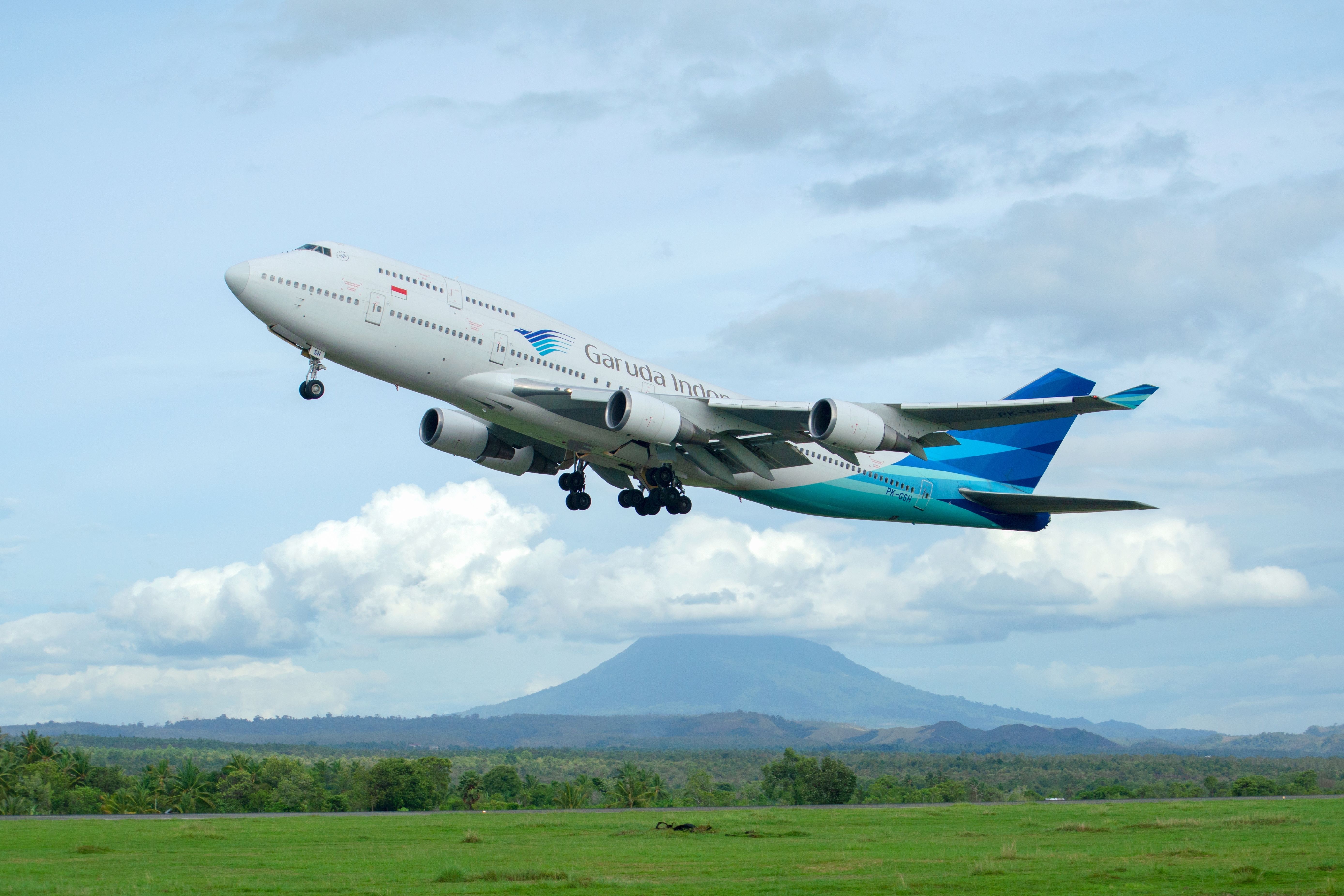Summary
- Boeing 747 revolutionized air travel as the first twin-aisle plane, enabling more people to fly affordably.
- 747 required airport adaptations like wider taxiways and longer jet bridges for its size and weight.
- The 747’s impact includes advances in avionics, high-lift devices, simulator training, and cultural legacy.
The Boeing 747 is one of the most iconic aircraft to have graced the skies, and since its conception in the 1960s, it has revolutionized commercial air travel as we know it today. Thanks to the aircraft’s impressive size and capacity, economies of scale made air travel accessible to millions more around the world.
Photo: Ryan Fletcher | Shutterstock
The Boeing 747 was created in response to a request from Pan Am. The airline wanted an aircraft that could carry twice as many passengers as the 707. Pan Am became the 747’s launch customer when it entered service in 1970, and the aircraft was an immediate hit with passengers and operators worldwide. The manufacturer said,
“The historic 747, dubbed the ‘Queen of the Skies,’ revolutionized air travel as the world’s first twin-aisle airplane and enabled more people to fly farther, faster and more affordably than ever before. Marked by its distinctively recognizable hump, this iconic airplane is a symbol of great engineering, innovation and often noted as an outstanding work of architecture.”
Since then, Boeing has produced a total of 1,574 747s across several variants. The largest operators of the aircraft were:
- Japan Airlines (108)
- British Airways (94)
- Singapore Airlines (93)
- Lufthansa (81)
- Korean Air (79)
Photo: Eliyahu Yosef Parypa | Shutterstock
In addition to becoming a cultural icon, opening up new markets and making air travel a reality for the masses, what impact did the Boeing 747 have on the aviation industry from an operational perspective?
5
Wider and stronger taxiways
To support the Queen of the Skies
When it entered service in 1970, the Boeing 747 was larger than any other commercial aircraft. The Queen of the Skies was also heavy. Because of this, taxiways and aprons at airports worldwide had to be reinforced so that the aircraft could move around safely. The 747’s impressive wingspan of 210 ft (64 m) also meant that taxiways needed to be made wider to avoid operationally costly and reputationally damaging ground collisions.
Photo: Grindstone Media Group | Shutterstock
That said, accidents could still happen, just like Iron Maiden’s 747, which was damaged in a collision with a ground tug in Santiago de Chile (SCL) in March 2016. Although not specifically linked to the aircraft’s wingspan, the incident resulted in two of the 747’s engines needing replacing.
4
Modifications to jet bridges
Although boarding continued to be on the lower deck only
Another adaptation that needed to be made to accommodate the Boeing 747 was the lengthening of jet bridges at airports where the aircraft was due to fly. The 747 was significantly longer than other commercial aircraft at the time of its introduction – the majority of 747 variants are 231 ft 10 inches (70.7 m) in length, with the more recent 747-8 stretching up to 250 ft 2 inches (76.3 m). This meant that existing jet bridges needed to be modified in order to connect with the large aircraft.
Curiously, passenger boarding on the Boeing 747 only ever took place on the aircraft’s lower deck. For many passengers, part of the attraction of flying in premium classes on the 747 was the unique experience of taking the stairs up to the upper deck, which maintained an air of exclusivity.
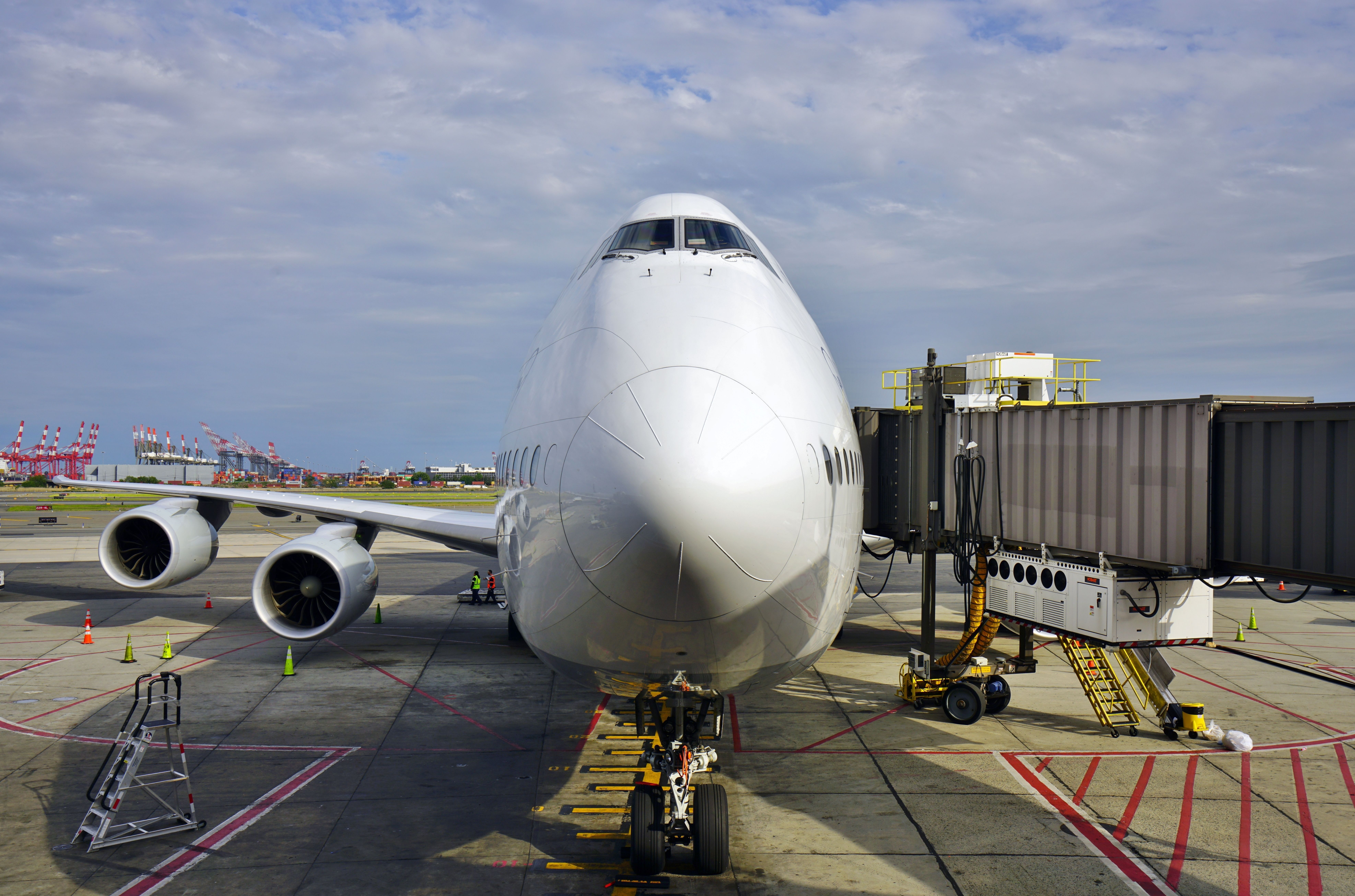
Read more:
Why Boeing 747s Don’t Board On The Upper Deck
Those sitting on the upper deck have to reach their seats via the aircraft’s internal stairs.
These jet bridge modifications were the precursor to future adaptations needed in preparation for the introduction of the Airbus A380 in 2007. Unlike the Boeing 747, the A380 can be boarded on both the lower and upper deck, making the airport design situation even more complex.
3
Advances in avionics
Paving the way for today’s aircraft
The Boeing 747 was the first aircraft to be built with an inertial navigation system (INS) as part of its baseline avionics. This provided a big leap in control, communication, and navigation, giving the pilots much greater oversight of the aircraft’s performance.
Photo: Boeing
Such features also paved the way for further advances in flight deck technology, many of which have been further developed over the years and find themselves in today’s modern aircraft. For example, Boeing markets the latest and final variant of the passenger 747, the 747-8, as a 100% digitally integrated aircraft, with a state-of-the-art flight deck.
2
High-lift devices
Significantly increasing the lift created by the aircraft’s wings
Although the Boeing 747 was not the first aircraft to feature high-lift devices, its design included some of the most advanced devices at the time. This increased the wing area by 21% and increased the amount of lift created by the wing by 90%, which meant that the aircraft was capable of taking off on relatively short runways.
Photo: AHMED ZAKI BIN MOHD SETH | Shutterstock
Lift is one of the key principles of aerodynamics, and as a pioneer in such technology, the 747 continued to lay the foundations for other large aircraft to operate from existing airports without the need for runway modifications.
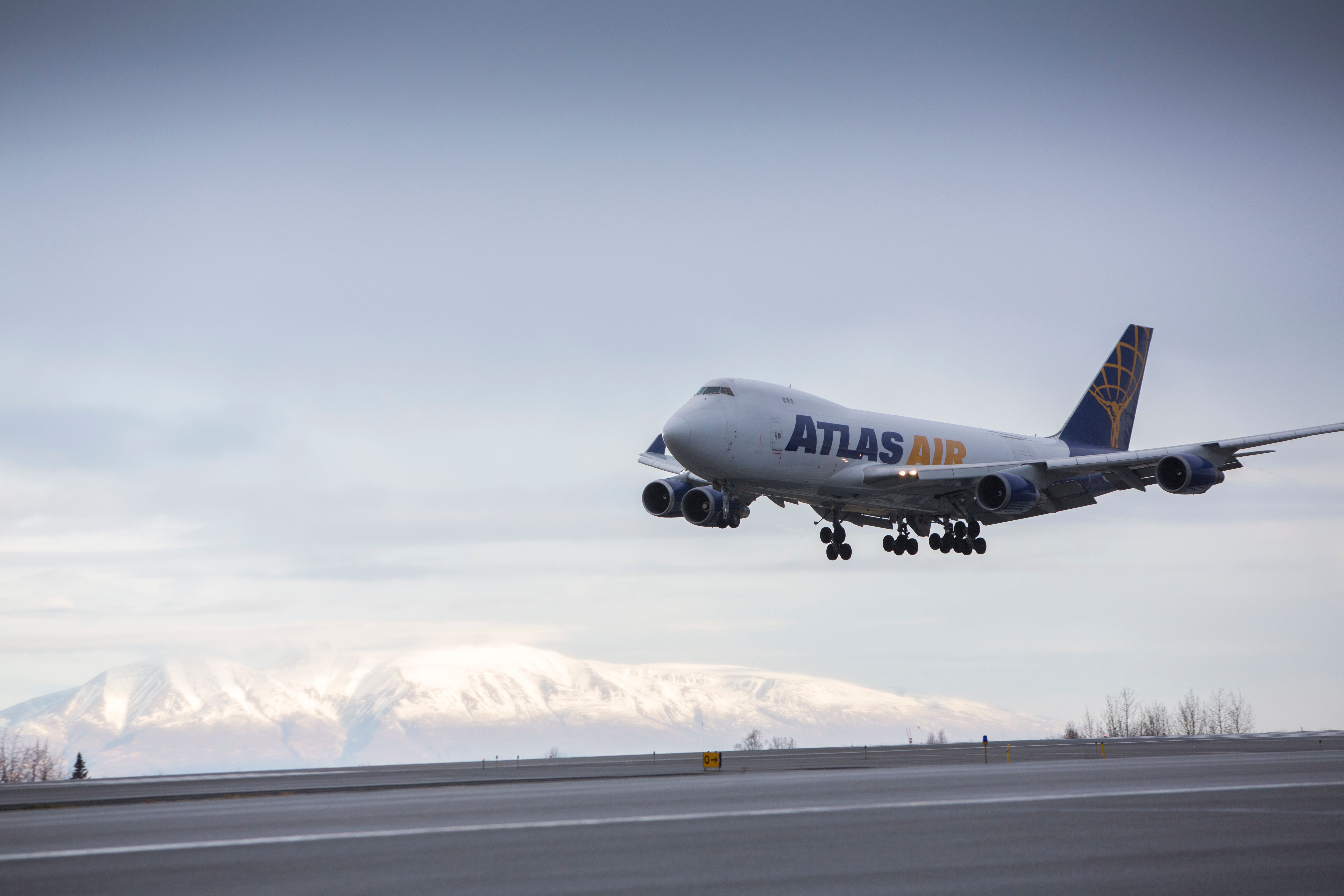
Read more:
High Lift Devices: What Are They & How Do They Work?
Airplanes use high lift devices to allow them to fly at lower speeds without getting close to a stall. This is essential for safe takeoffs and landing
1
Developments in simulator training
Taking into account the cockpit’s higher vantage point
The Boeing 747 was the first commercial aircraft to feature the cockpit on the upper deck. From such a height, the pilot’s vantage point is very different from that on the lower deck. With that in mind, special training was needed in order for pilots to familiarize themselves with the change in perspective. Similar training was put in place for the launch of the Airbus A380, which also has the cockpit located on the upper deck.
Photo: Ihsanush Shabri | Shutterstock
Significant developments in simulator training were also made thanks to the Boeing 747. In order to ensure the most effective training possible, a new flight simulator was developed that included motion on six axes – vertical, lateral, and fore-and-aft motion. Today, simulators remain an integral feature of pilot training programs, regardless of the aircraft manufacturer.
Major operators still proudly flying the 747 include Lufthansa, Korean Air, and Air China. Many former passenger aircraft have since been converted into freighters. Although there are only a limited number of passenger Boeing 747s in the skies today, the aircraft’s cultural, economic, and operational legacy lives on.
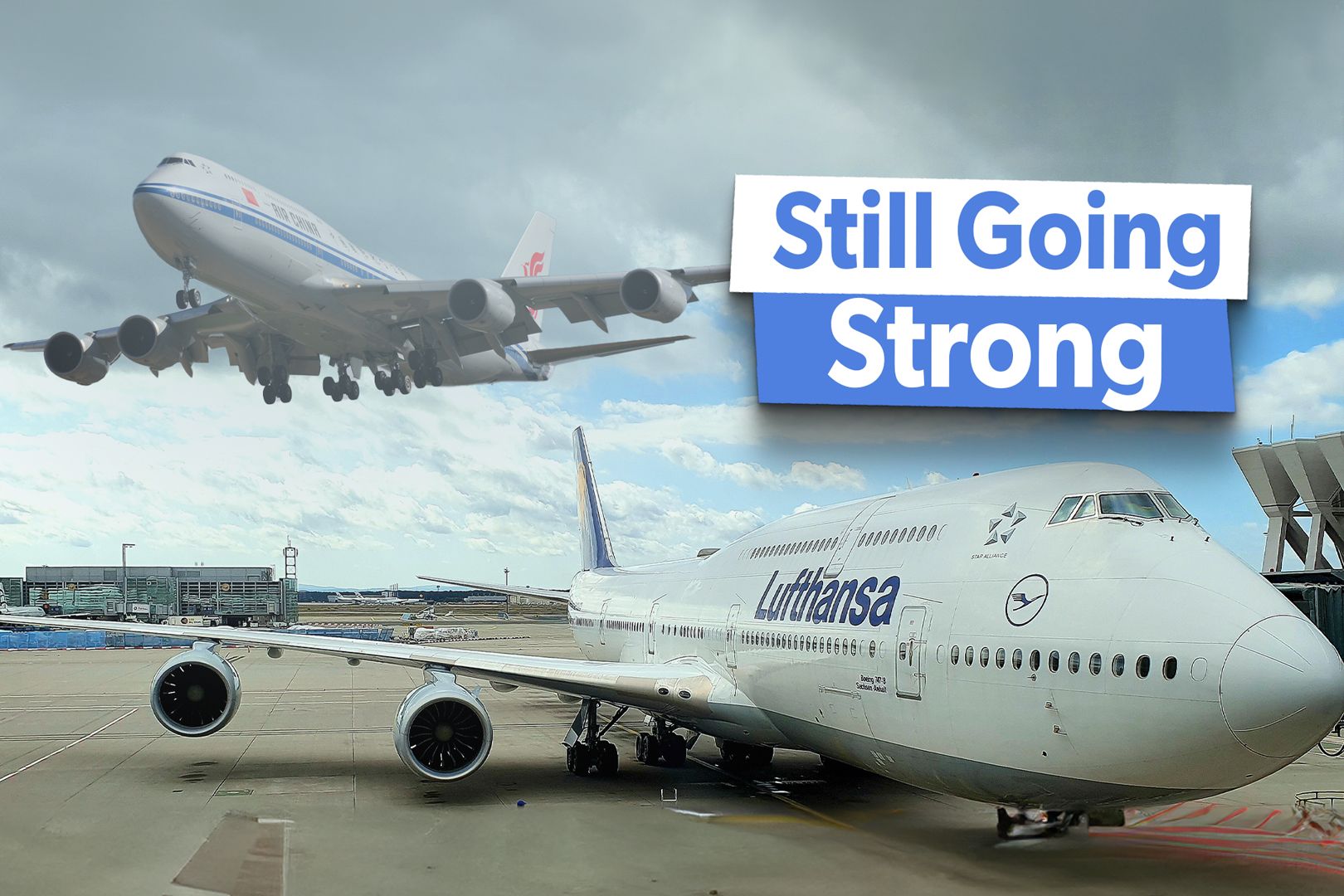
You might also like:
Who’s Still Flying The Passenger Boeing 747 This Summer?
Multiple airlines are supporting the resiliency of the “Queen of the Skies” with routes throughout the 2024 summer season.
Have you flown on a Boeing 747? If so, which route and airline were you traveling on? What are your memories of the Queen of the Skies? Let us know by commenting below.

